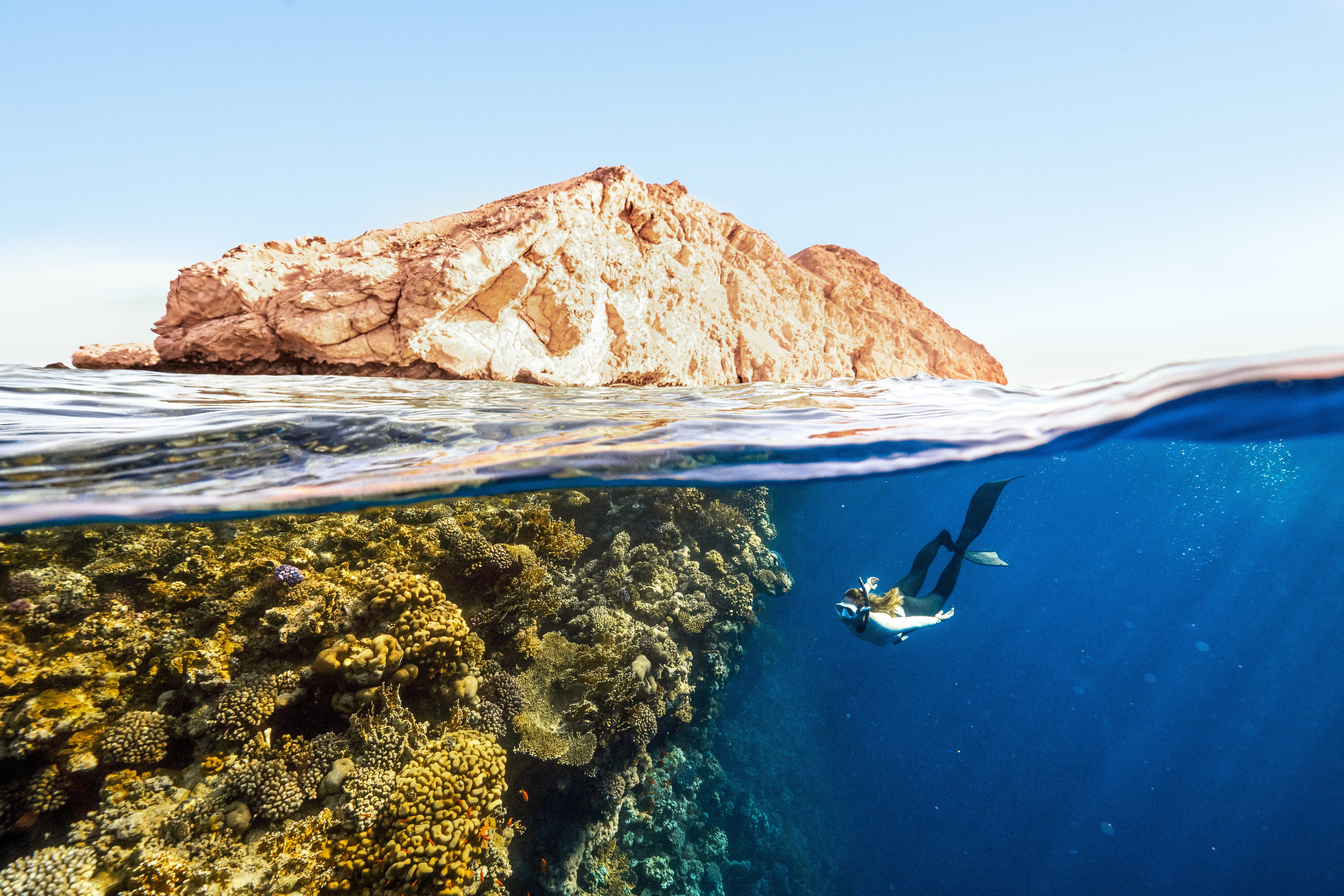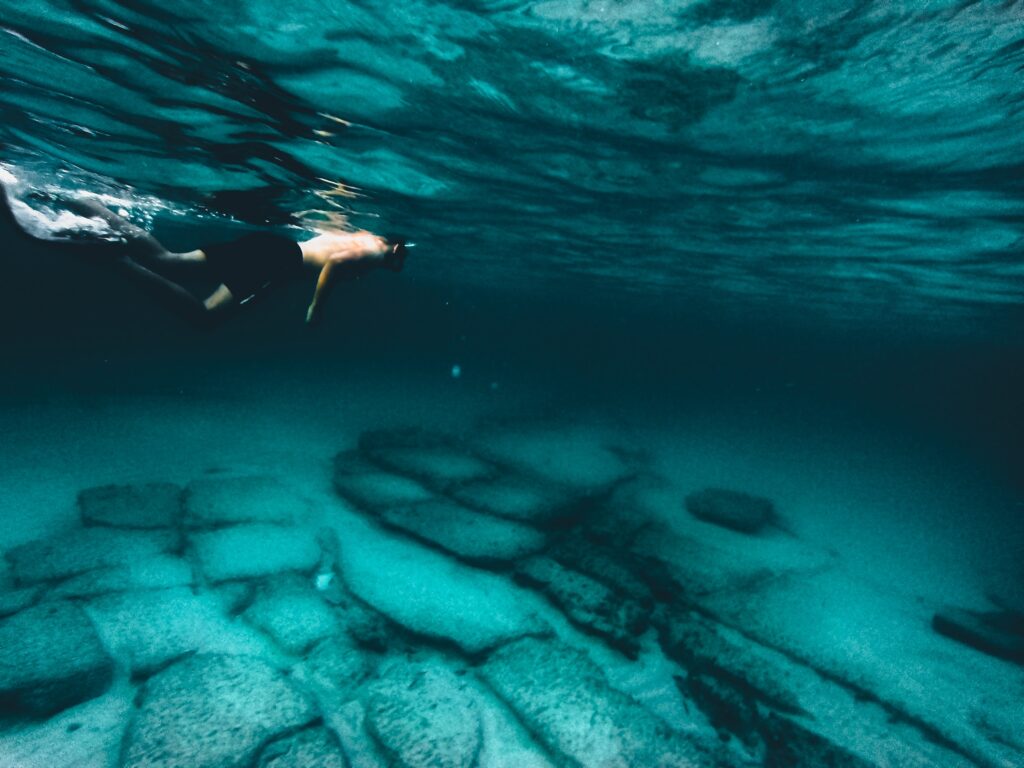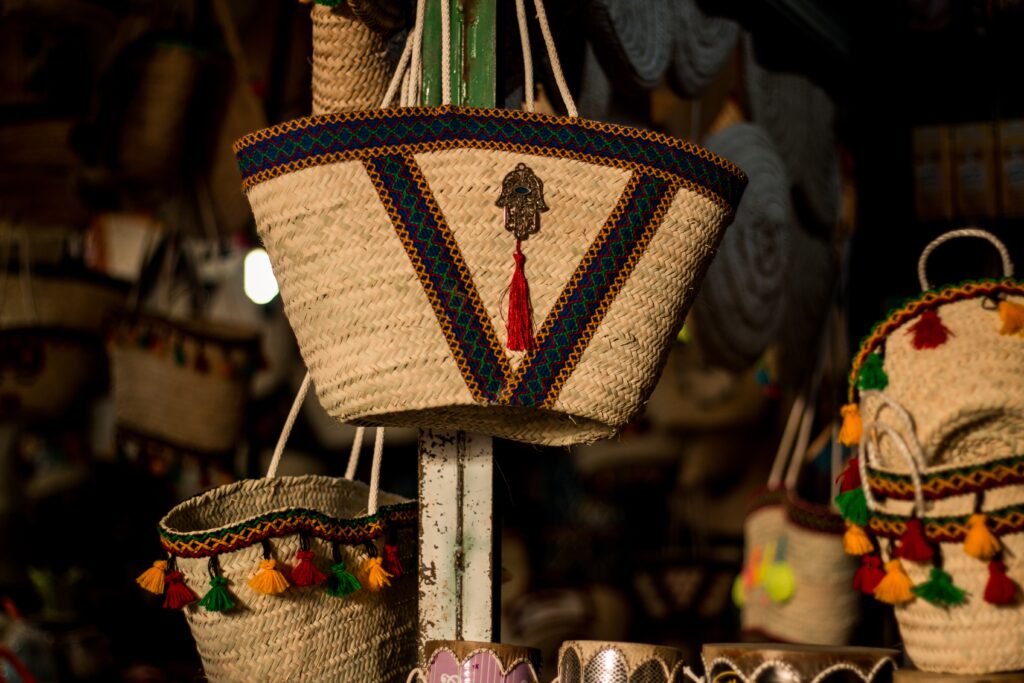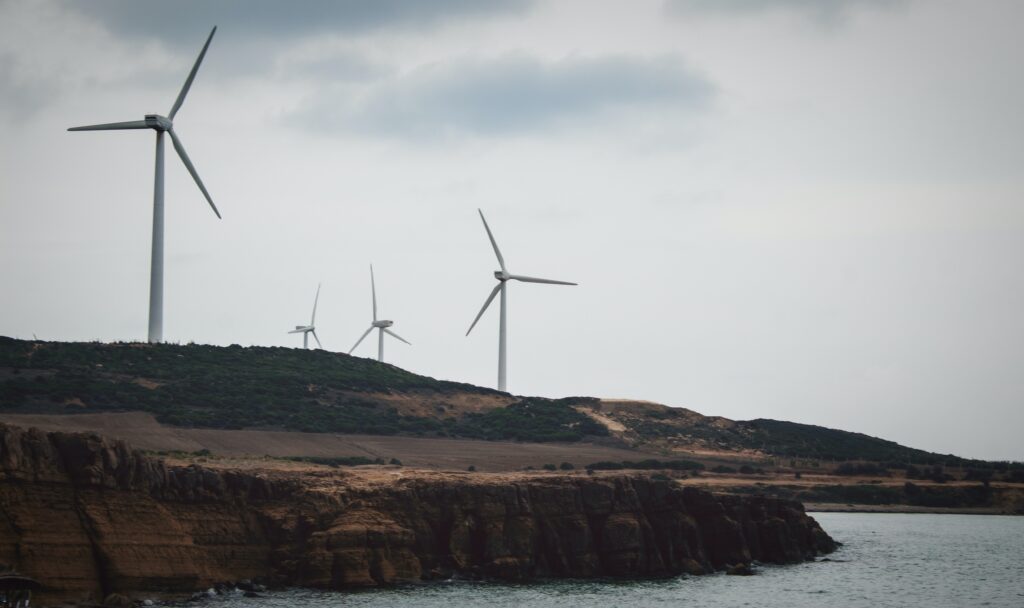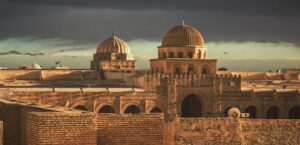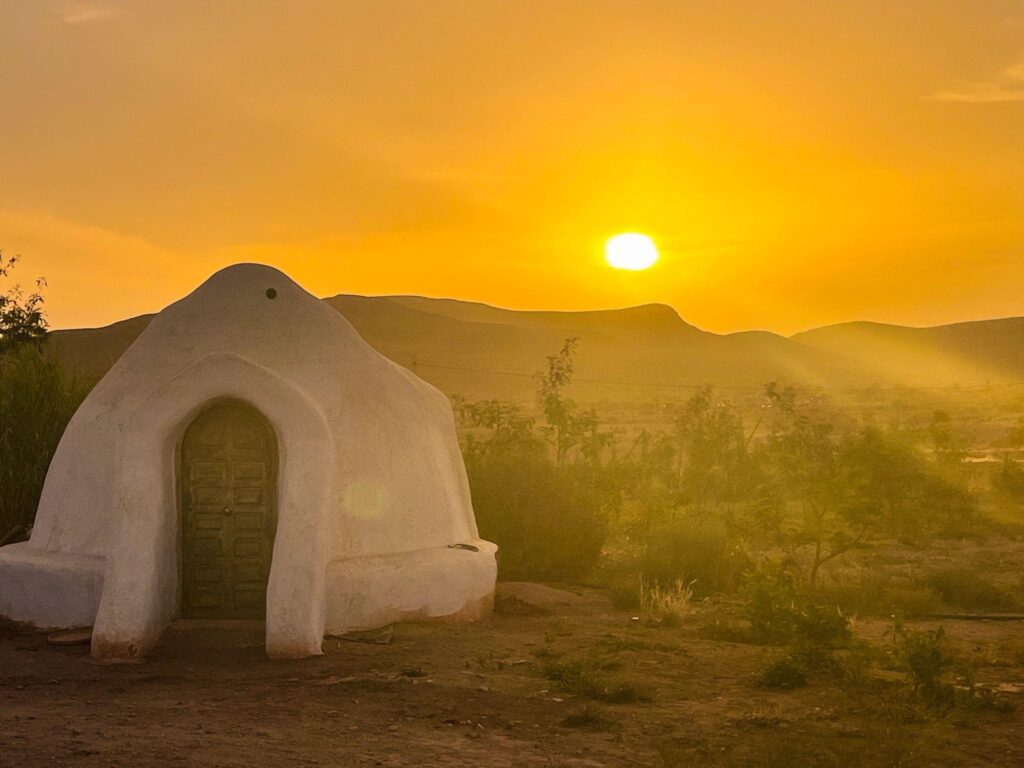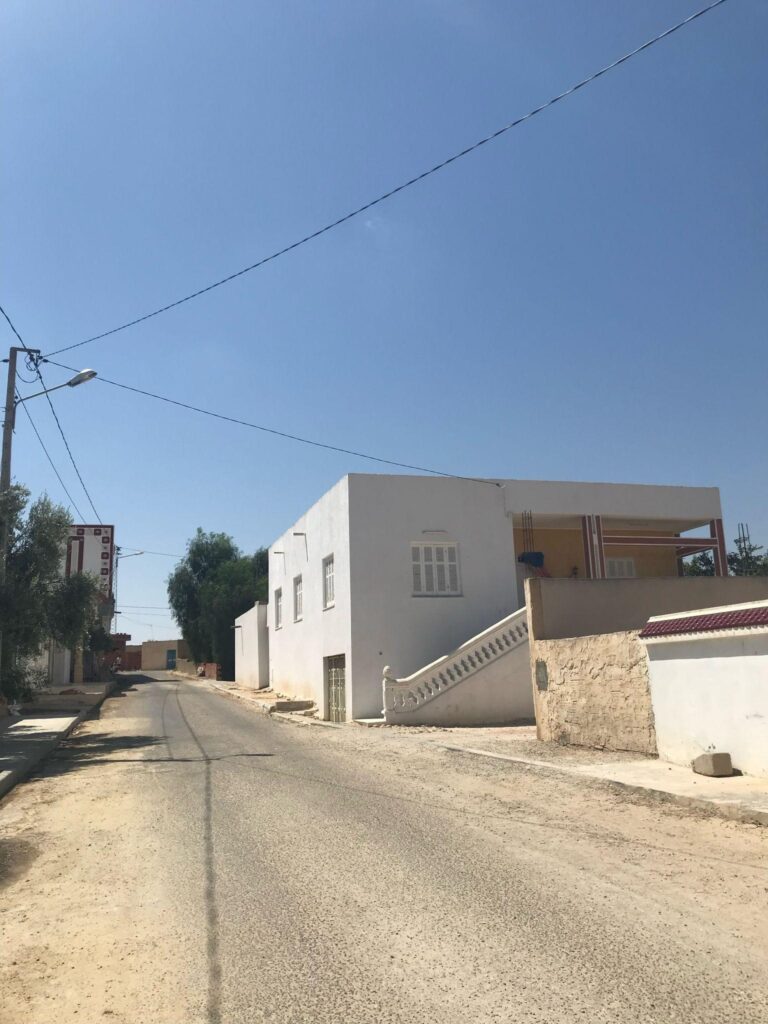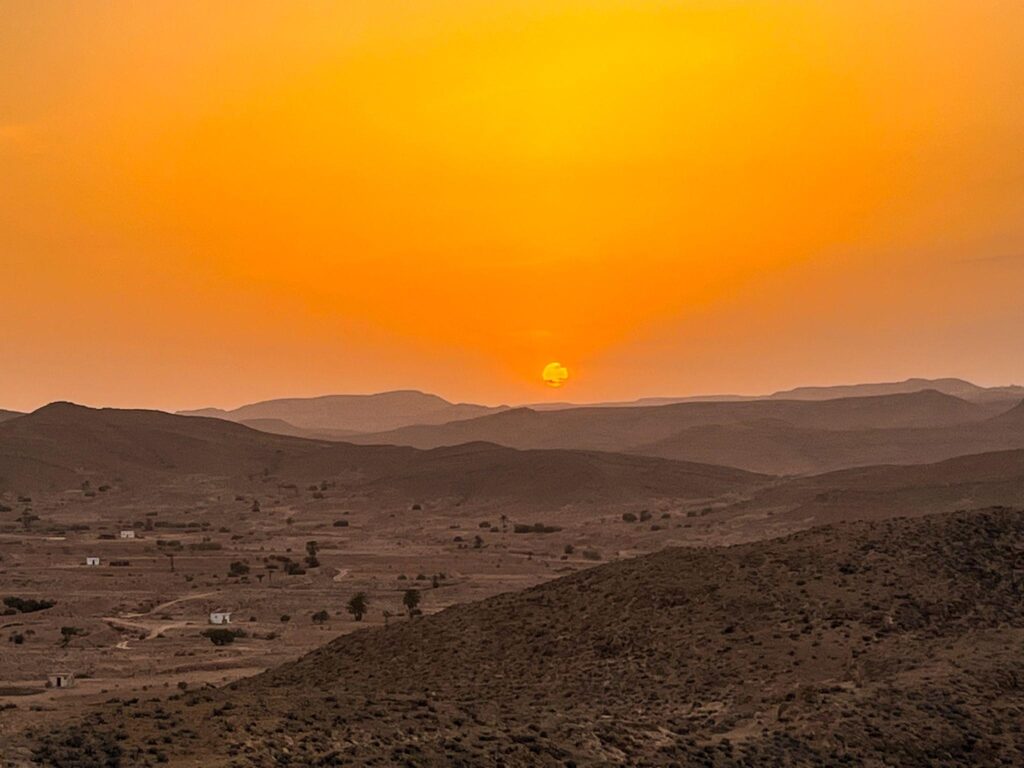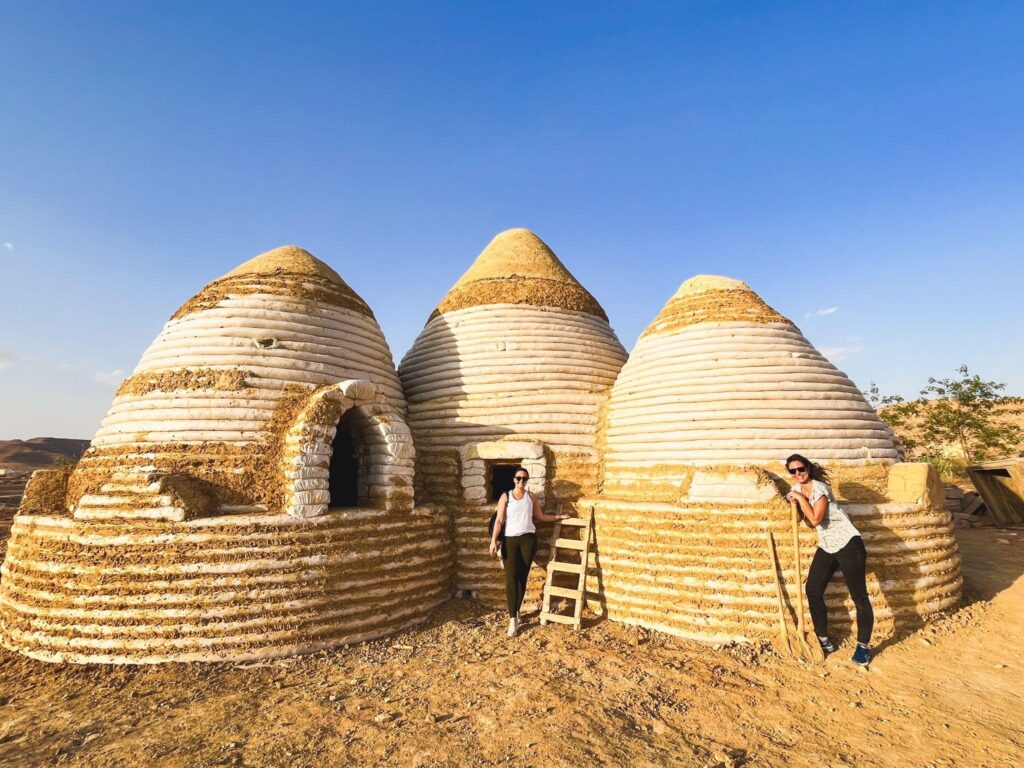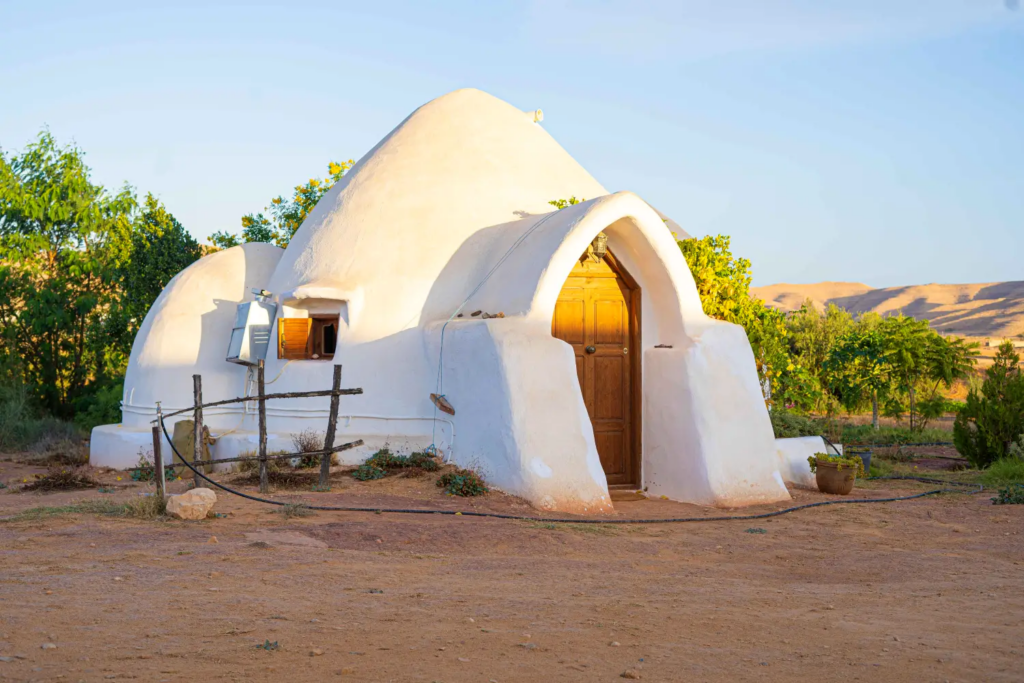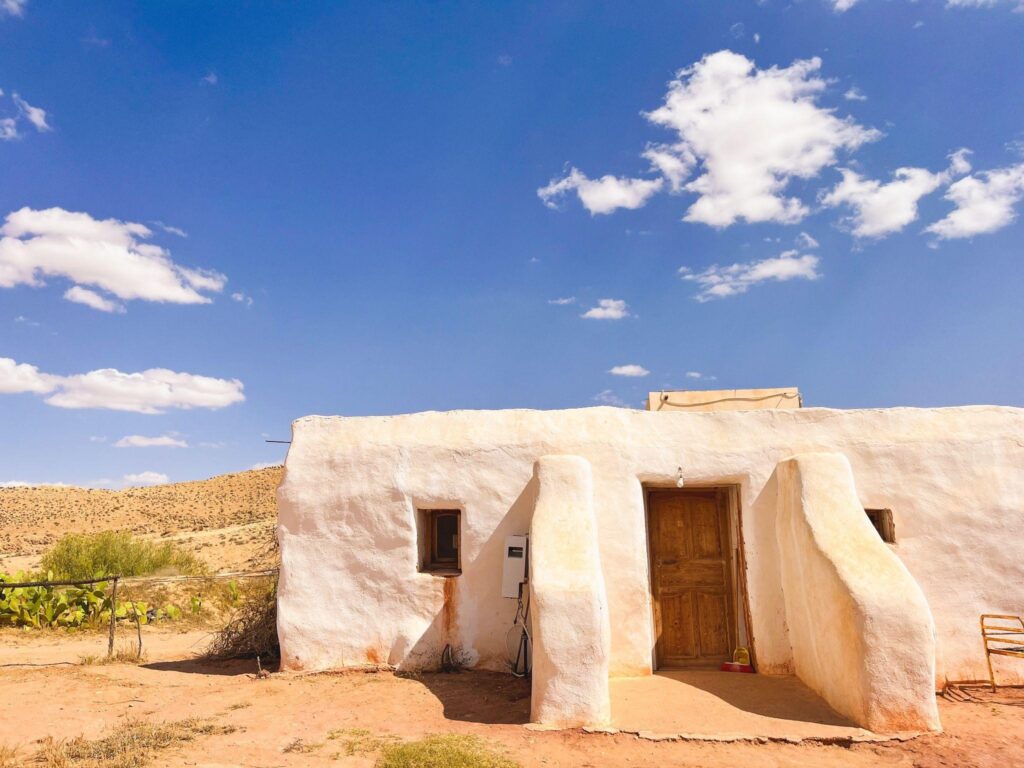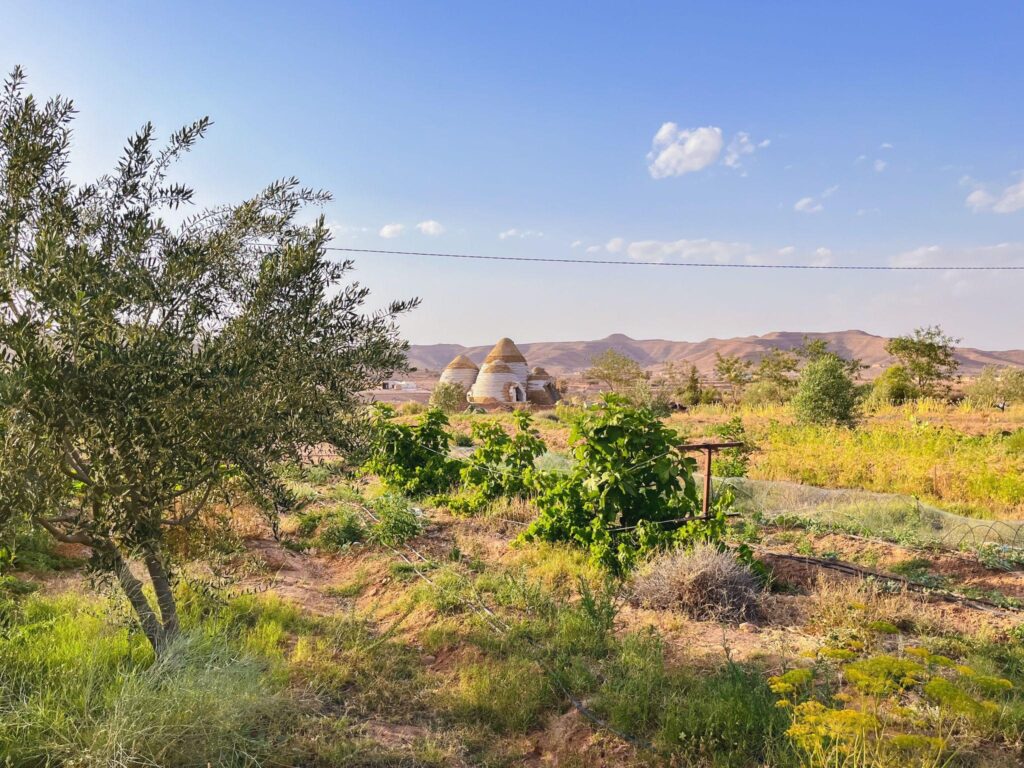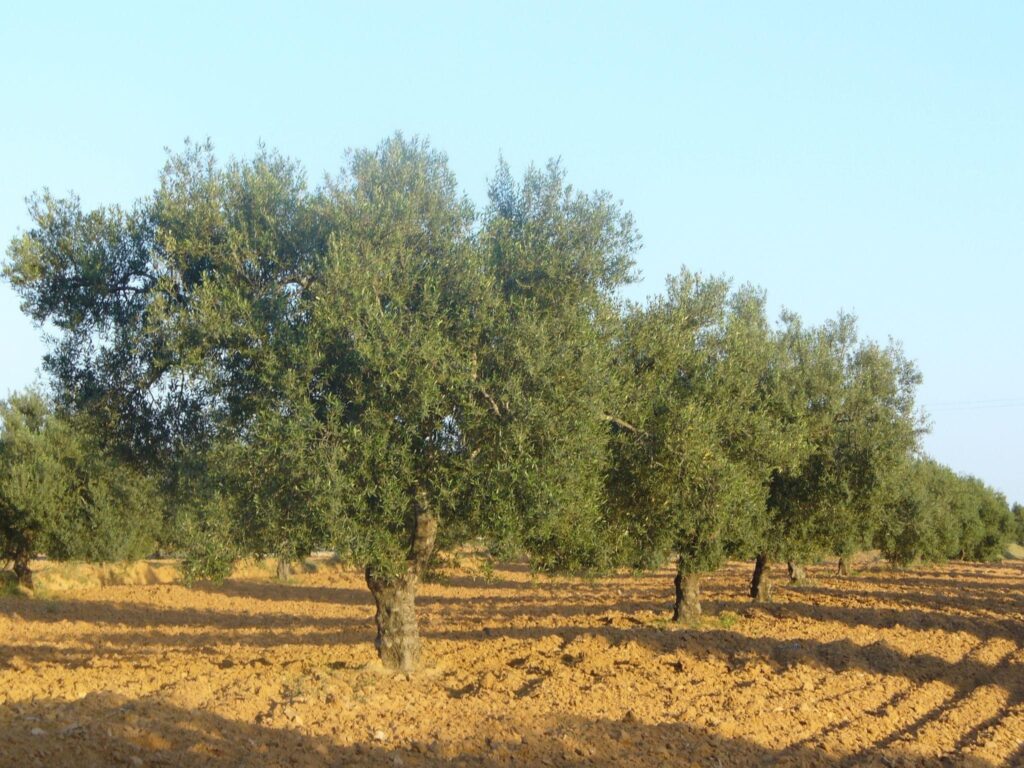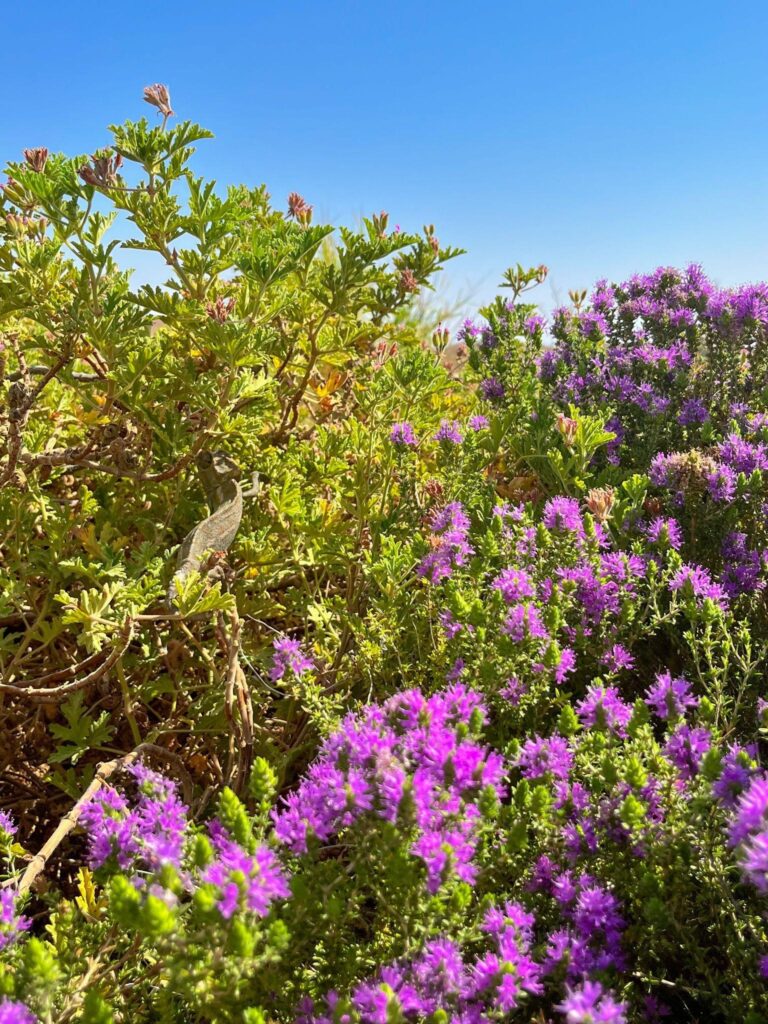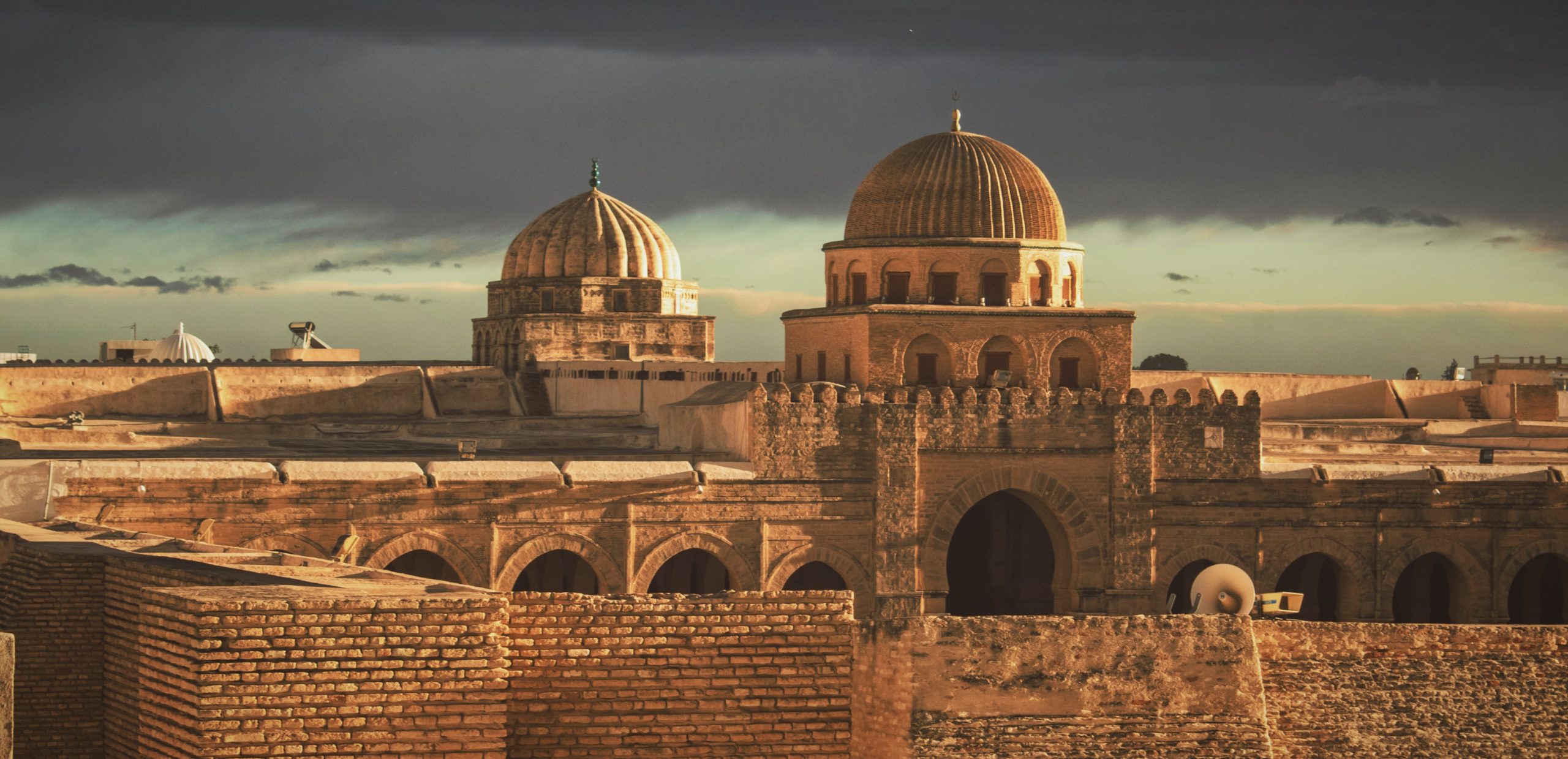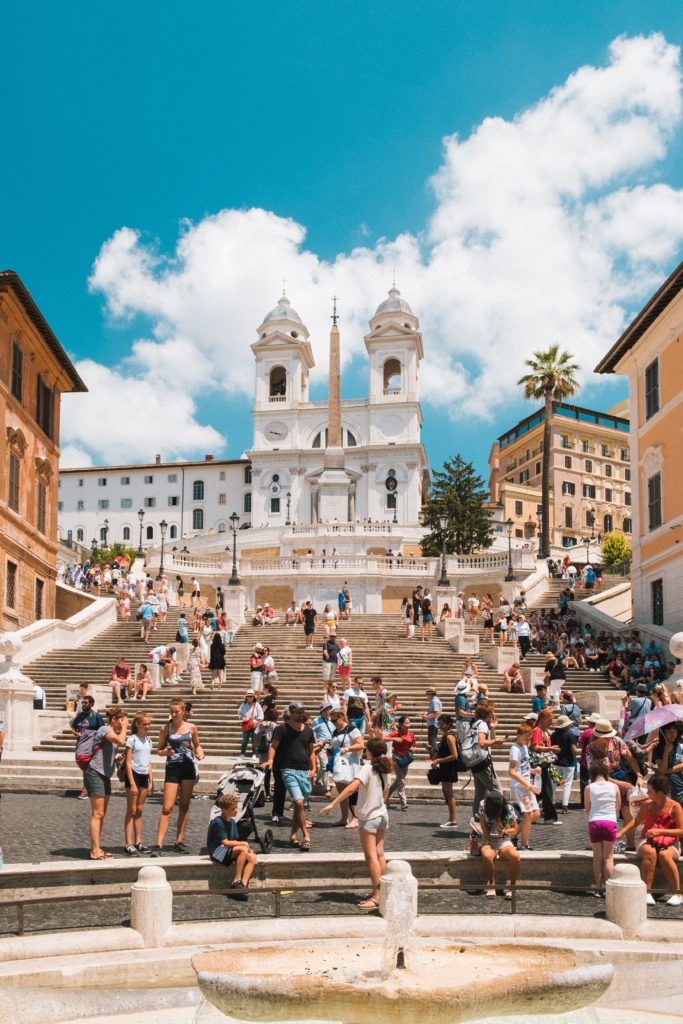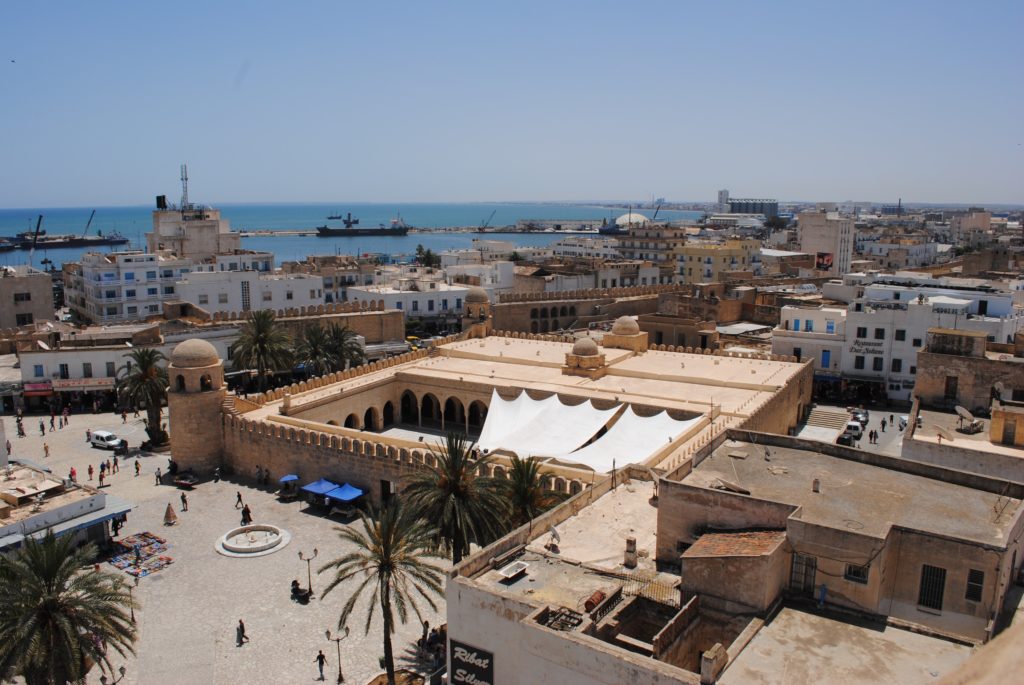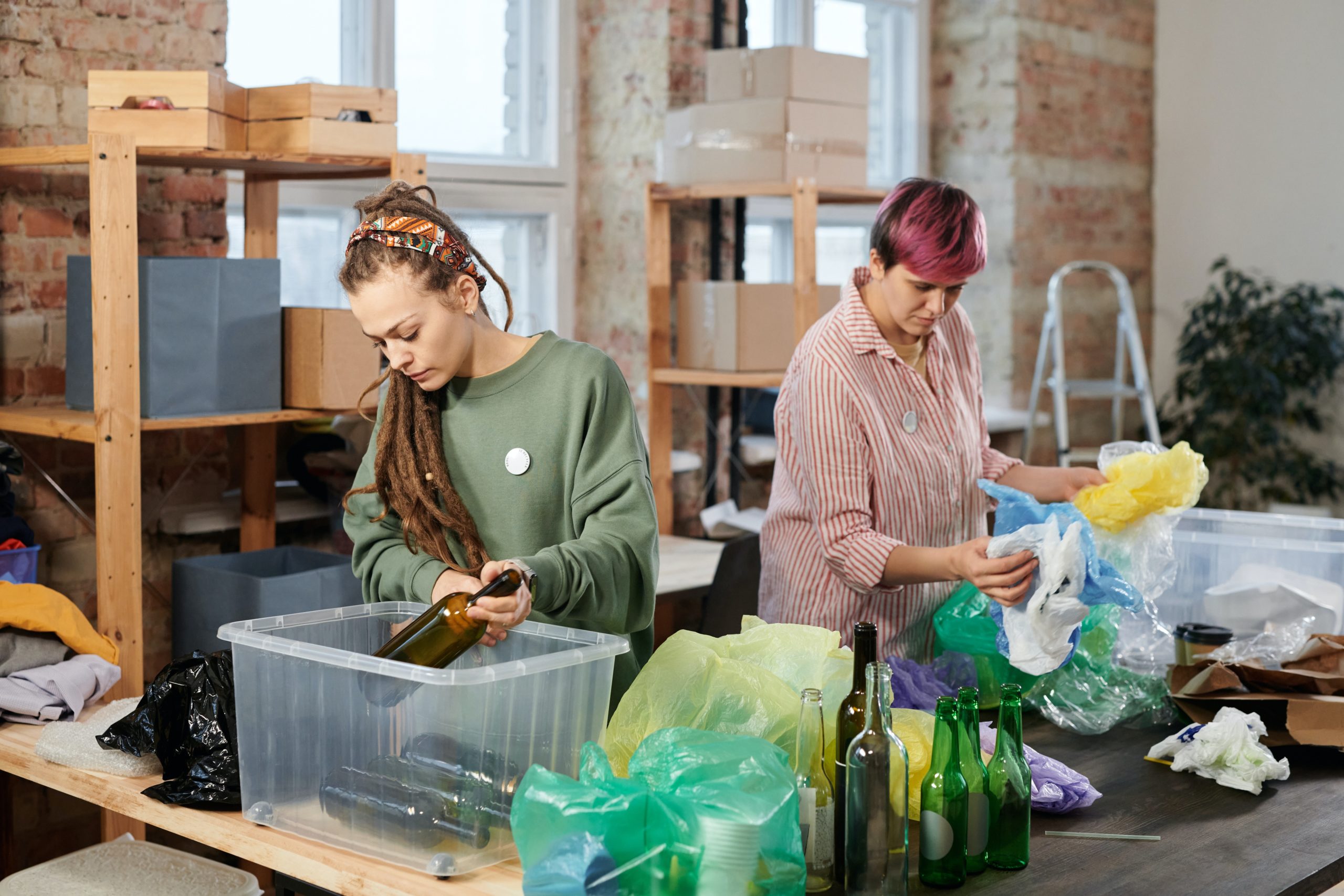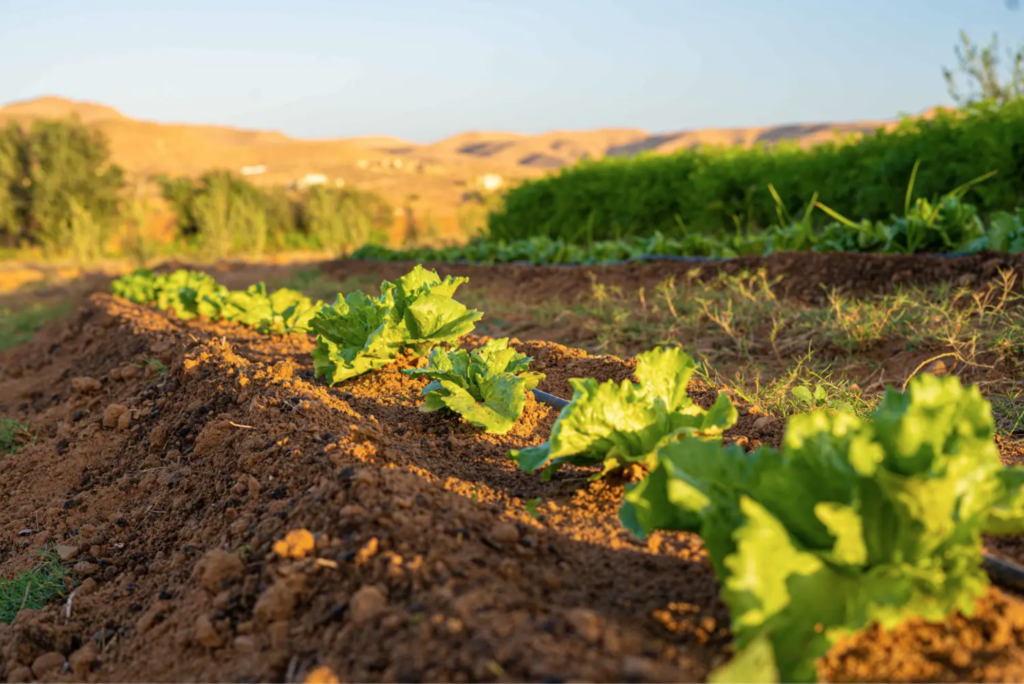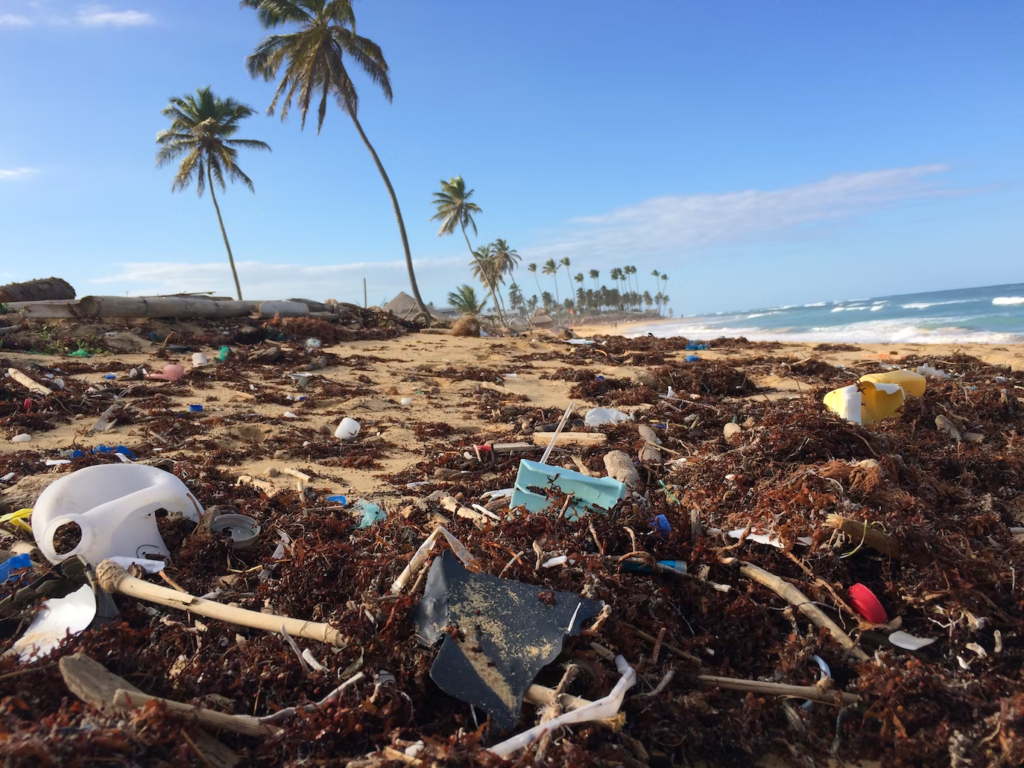Photo by Priscilla Du Preez on Unsplash
Introduction to Solimar Sustainable Tourism Internships
Since its inception in 2006, Solimar’s sustainable tourism internship program has become a cornerstone for nurturing the next generation of leaders in sustainable tourism. Over nearly 20 years, the program has welcomed talented interns into the program, ranging from undergraduate to Ph.D. students, each semester and summer. Solimar CEO Chris Seek began the program in collaboration with the George Washington Tourism Program, reserving it for students at DC area schools. In 2019, the program switched to hybrid to incorporate students from across the US and worldwide. Seek describes the long-term goal for the internship program as a way to “provide students with a professional development opportunity and introduction to the industry, and to support our mission and projects.” Through the years, these sustainable tourism interns continue to share a deep passion for tourism and travel, with interests spanning various fields such as storytelling, data analysis, tourism development, and environmental preservation.
Solimar’s sustainable tourism internship program is not just an educational experience; it’s a launchpad for future careers in the tourism industry. Our interns have gone on to make significant contributions to tourism development and environmental preservation worldwide. This article highlights the achievements of nine outstanding alumni, showcasing the diverse paths they have taken and the impact they continue to make in the fields of tourism, sustainability, and international development.
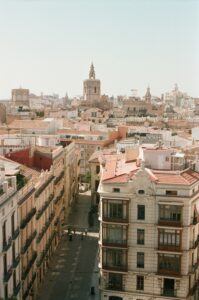
Solimar Interns Now Involved in Tourism
The foundation of Solimar International is sustainable tourism. For this reason, Solimar attracts team members and interns who share a passion for travel. For some, this passion may evolve into a long-term career within the tourism sector, while for others, it may take a different path. Nevertheless, it is this shared enthusiasm that has led many Solimar interns to pursue and achieve successful careers in the tourism industry. This section highlights three former interns who have remained in the field of tourism and have undertaken noteworthy and impactful work.
1. Chloe King, Summer 2019 Intern, Director of Stewardship at Solimar International
Chloe King is currently a PhD Researcher at the University of Cambridge, where she works with stakeholders of the Galapagos Islands to help create a more regenerative future for tourism. Chloe is passionate about the intersection of conservation, climate change, and tourism, working to create solutions that value people and nature over profit. Through her work, Chloe investigates the age-old question of the tourism industry: “How do we manage tourism sustainably and equitably?”
Chloe spoke about some of the challenges in weighing the risks and rewards of tourism through her work in the Galapagos: “Tourism can be a hugely risky activity to conduct in areas of high biodiversity. Here in the Galapagos, tourism is bringing a huge increased risk of invasive species, which is the biggest biodiversity challenge on this island. At the same time, tourism has introduced a lot of additional financing and funding opportunities for local communities. It is important to understand that there will always be trade-offs between conservation and development goals… How do you navigate those goals in a transparent and equitable way for large swaths of stakeholders rather than just the ones in power?”
She continues to explain that Destination Management Organizations allow for the collaboration of multiple perspectives between private and public sectors within a community. For example, during her time living in Timor Leste, the government was considering building a casino on the island to boost tourism, but the locals were able to protest the casino through their DMO and block its development. In other words, “tourism in this way is effective in giving people a voice and uniting people around a common cause rather than just letting growth and development happen for the sake of it.”
2. Dominic Gialdini, Fall 2020 Intern, Chief Operating Officer of South Central Tennessee Tourism Association
Dominic Gialdini attained an Erasmus Mundus European Master of Tourism Management, where he specialized in tourism management and sustainable development. With Solimar, he worked on the Armenia and Georgia DMO projects. Dominic currently serves as the Chief Operating Officer of the South Central Tennessee Tourism Association and the Executive Director of the Tennessee Tourism Investment Project.
Dominic examined his work with rural DMOs and considered how this particular lens has influenced his view of tourism development: “My work with rural DMOs has influenced my view on tourism development by allowing me to see the challenges faced by small-scale operations. Rural DMOs often have staffing and budget limitations, and sometimes locals are skeptical or even actively against tourism development…Having established a DMO in a rural Appalachian community, I came to learn quickly that building kudos and trust with locals would be paramount to the success of my project objectives.”
Throughout his time in a rural DMO, Dominic has come to recognize that tourism is a team effort and that tremendous value lies in the opinions and support of the local community: “From my work in 13 counties in south-central Tennessee, I have seen time and time again the hard work that chamber directors, county employees, and DMO directors engage in to make tourism successful. It is important to find allies and support them, especially in contexts where the powers that be create roadblocks and speed bumps for the tourism professionals.”
Dominic also highlighted the importance of recognizing that rural DMOs can serve a different purpose than urban DMOs. “I like to think of larger cities or attractions as the hubs to the spokes that are rural destinations. Large cities like Memphis, Nashville, and Chattanooga serve as anchors that attract diverse demographics of tourists (including international travelers) and bring in large-scale conferences and events. However, many wonderful destinations (e.g., Lynchburg and the Jack Daniel Distillery or historic Bell Buckle) serve as great day trips for those who want to experience a bit of rural life and sample a few activities….”
3. Emilie Ehrman, Fall 2020 Intern, Senior Associate at Skift Advisory
Emilie Ehrman attained a Master of Global Management from the Thunderbird School of Global Management at Arizona State University, which aids her ongoing advocacy for environmentally and socially responsible travel. She currently works as a Senior Associate for Skift Advisory, a market research consulting firm specializing in travel and tourism. When asked about a project incorporating her passion for travel, Emilie gave a recent example of her work with Discover Puerto Rico.
“Discover Puerto Rico had impressive sustainable tourism goals, but they weren’t sure if they had the assets or foundation to claim they were a sustainable destination or to foster a sustainable tourism program, campaign, etc., so they retained Skift Advisory to investigate. For the sustainable tourism audit, my team and I did significant research to identify strong, authentically sustainable assets (accommodations, tour operators, attractions) that already existed on the island. We ranked these initiatives using a Skift Advisory framework designed to look at the asset holistically, including economic, social, and environmental impact (this is all public in a published executive summary). We also examined other destinations, comparable to PR, based on a set of criteria, and determined their sustainable tourism success, including what they were doing right. Finally, we provided a list of themes we were able to identify as qualities of sustainable tourism assets and destinations.”
Emilie enjoyed this project because it incorporated her passion for sustainable tourism, while also creating space to recognize the obstacles that so many destinations face in feeling so behind and not knowing where to begin.
“This project showed that Puerto Rico already had a really incredible assortment of sustainable tourism assets, that protected and regenerated the environment, supported the economy and culture of Puerto Rico, and empowered Puerto Rico to lead sustainable efforts.”
Solimar Interns Now Involved in Sustainability
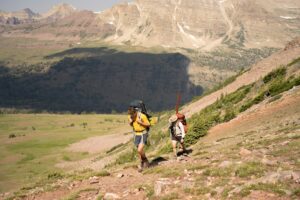
For Solimar, sustainability and tourism are inextricably linked. Tourism development cannot occur without holistic consideration of the longevity and success of the local people and their environment. Sustainability is a far-reaching sector, allowing it to assume many different forms and roles. This section highlights three former interns doing notable and unique things within this sphere.
1. Thomas Kalchik, Spring 2022 Intern, Senior Facilities and Sustainability Associate with the US Green Building Council
Thomas Kalchik is a credentialed LEED Green Associate and TRUE Advisor, which he utilizes through sustainable construction projects, facilities management, and operational strategies. He serves as a Senior Facilities and Sustainability Associate with the US Green Building Council. Additionally, Thomas and his partner Charles founded Casa Galú, a boutique nature hotel in Colombia’s Caribbean Sea.
“Casa Galú was constructed with the integrity of our natural surroundings and local community in mind. We wanted to build with minimal impact by not cutting down trees, and adhering to local construction customs by using materials and techniques common to our area. The structures were designed to work with the natural surroundings and not disrupt the ecosystems around us. For example, building around natural features such as a waterfall and river that naturally occurs when we have enough rain not only provides a visually stunning attraction for guests but allows the natural systems on our property to remain intact and healthy.”
Thomas attributed much of his above success to the knowledge he learned through his involvement in various sustainability-minded organizations. “Through my professional experience working with the US Green Building Council, and my up-to-date credentials as a LEED Green Associate and TRUE Advisor (zero waste) I have been able to offer my expertise in green building and operating strategies to the construction, maintenance, and operation of Casa Galú. This, combined with my work with Solimar and other travel and tourism organizations has allowed me to blend my various skills and knowledge relating to sustainable and regenerative tourism practices in order to create meaningful and impactful guest experiences.”
2. Lindsey Johnson, Spring 2023 Intern, Program Coordinator for the Soil & Climate Alliance and Nutrient Density Alliance
Lindsey Johnson draws on her background in climate change and health and wellbeing to promote sustainable food systems and regenerative tourism practices through her role as a Program Coordinator for the Soil & Climate Alliance and Nutrient Density Alliance. Additionally, Lindsey is the founder of Copani, a responsible travel platform focused on agritourism and culinary tourism. As a sustainability tourism intern, she wrote a blog about agritourism, linking her particular tourism interests to the larger whole of sustainability in the industry. Lindsey spoke on what agritourism means to her, and how she would like to see it incorporated into the larger tourism industry.
“I believe that agritourism, at its core, involves any activity that brings people to a site of agricultural production and engages them with it. This could include tours, meals featuring local produce, farm stays, or special events that showcase agricultural practices. Importantly, agritourism often serves as a gateway to less-visited rural destinations, offering unique opportunities for both visitors and local communities.”
Lindsey also mentioned the educational opportunities that agritourism provides, specifically by “showcasing regenerative agriculture and the critical importance of soil health. Through immersive experiences, visitors can gain insights into these crucial aspects of our environmental and health challenges.”
“Agritourism also offers a unique window into local cultures, as food is often at the heart of cultural traditions and social interactions. The simple act of sharing a meal can create profound connections and understanding between visitors and local communities. In this way, agritourism has the potential to regenerate not just the land, but also our connections to each other and the sources of our food. By bringing together elements of education, sustainability, cultural exchange, and personal rejuvenation, agritourism can evolve into a powerful force for positive change in both the tourism industry and agricultural sectors.”
Lastly, Lindsey connects her love for agritourism to her company, Copani. “Our mission is to connect conscious travelers with regenerative farms, vineyards, eco-friendly hotels, sustainable restaurants, and responsible tour experiences. Copani aims to empower people to explore the world in a fun, ethical, and sustainable way.”
3. Gabriella Whittaker, Fall 2021 Intern, Sustainability Manager at Polycore
Gabriella Whittaker completed the sustainable tourism internship in the fall of 2021. She is passionate about the sustainable development of the outdoor industry, where she draws on her love and enjoyment for nature. She works as a Sustainability Manager at PolyCore, promoting sustainable alternatives to environmentally harmful textiles.
Gabriella connected her work in sustainability within the textile industry to the importance of sustainable travel: “I think the biggest connection between textiles and tourism is that both can be done sustainably, but it requires due diligence to understand how you (as a consumer) can make the responsible choice…Learn about where your textile products are coming from, just as you would learn about the tourism destination you are headed to.”
Solimar Interns Now Involved in International Development
Solimar assists specific regions or countries in using tourism as a tool for development. Tourism can aid economies, boost local livelihoods, create valuable cross-cultural connections, and more. However, this development has to take place sustainably and collaboratively for an area to remain successful long-term. Many of our former interns have gone on to hold unique positions within international development, and in this section, three of these successful professionals are highlighted.
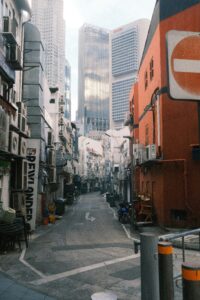
1. Hannah McDonnell, Fall 2022 Intern, Economic Desk Officer of the Turkey Unit at the European Commission
Hannah McDonnell holds a Master’s of Politics from University College Dublin. She was a sustainable tourism intern with Solimar in the fall of 2022. Hannah’s interest in politics and international development has culminated in her current position as an Economic Desk Officer of the Turkiye Unit with the European Commission. Hannah described her day-to-day tasks with her job in the European Commission: “My day-to-day in the job varies, depending on the time of year. For instance, I am the permanent secretary of two subcommittees between the Turkish authorities and the Commission which facilitates discussions and updates on topics such as internal market and competition, and economic and monetary policies. I am tasked with the organisation of these subcommittees each year. Furthermore, I am the lead on a portion of the Commission’s assessment of Türkiye’s Economic Reform Programme, which is drafted at the beginning of each year. Another annual exercise I contribute to is Türkiye’s Enlargement Report which assesses the progress the country has made in the last year.”
2. Kathryn Selfe, Summer 2023 Intern, Boren Fellow
Kat Selfe is a 2024 graduate of Colgate University, where she earned an undergraduate degree in Anthropology and Middle Eastern and Islamic Studies. She served as a sustainable tourism intern on-site for the Tunisia project in the summer of 2023. Kat’s anthropological research into international development and migration in the Middle East and North African regions led to her recent award of the U.S. Department of Defense’s Boren Fellowship as 1 out of 5 scholars selected to study Arabic in Morocco.Through this fellowship, she will receive $25,000 throughout the 9 month program. Kat provided more details about what her time during her Boren fellowship will look like, as well as her commitments after the 9 months are complete.
Additionally, she connected this opportunity to her internship with Solimar: “For my Boren year, I will be studying Arabic in Meknes, Morocco with the CASA I fellowship. Boren is funded by the Department of Defense and has a focus on national security. The aim of the fellowship is to develop language skills in a critical language. In addition to studying formal Arabic, I will be studying the Moroccan dialect and completing an internship in Morocco. Also as part of my Boren, I will be conducting research on Morocco’s integration approach to undocumented transit migration, focusing especially on the work of NGOs.”
Upon its conclusion, Kat will return to the US to complete a Masters in International Development Studies at George Washington University. After graduating with her Masters degree, Kat will be required to fulfill a year of federal service in a position servicing national security in accordance with the Boren Policy. She intends to work with USAID, an agency she already has gained experience with through Solimar. Kat shares:
“I found myself inspired by the possibilities of development during my Solimar internship. I learned that the US has a lot to offer other countries and their communities and that those beneficiaries are eager and ready to make a difference with this aid. I felt like my world opened up during this internship.” Kat shares the gratitude she has for her internship at Solimar, which educated her on new career opportunities, gave her the confidence to realize her ability to actually do these jobs, and inspired her to take those next steps. “This internship was a key aspect of my applications and has been one of the most influential experiences in my career path.”
3. Zane Hartog, Fall 2021 Intern, Program Analyst at the US Department of Justice
Zane Hartog’s interest in policy research and evaluation led to his current position as a Program Analyst with the US Department of Justice. In this position, Zane works with global partners to combat issues of cybercrime and intellectual property rights enforcement. In his own words: “Our team places Department of Justice attorneys at U.S. Embassies across the world, where they work with foreign partners to build capacity in combating cybercrime and intellectual property rights enforcement. My role has enhanced my view of international development by demonstrating that broad cooperation is essential in dealing with issues that are cross-border or global in nature.”
Hartog shares that the breakthroughs he has seen in this realm of work revolve around the people in it, the breakthroughs come about “by getting the right people together, from one country or from multiple countries, and creating a space for ideas and tactics to be shared openly. Oftentimes, international development implies one developed country providing support, knowledge, or resources directly to a single lesser developed country. While this traditional mechanism does have its merits, greater inclusion, either at a national or semi-national level, has proven to be a more effective approach. By facilitating partnerships and fostering dialogue among diverse stakeholders—including governments, international organizations, non-governmental organizations, and private sector entities—complex global challenges can be addressed more comprehensively.”
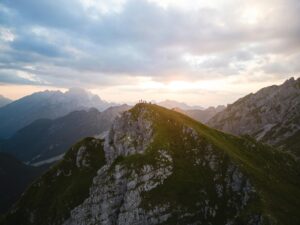
You Could Be a Sustainable Tourism Intern Too!
The Solimar sustainable tourism internship provides an amazing professional development opportunity for students who have a passion for sustainability, international development, and, most importantly, travel! Connecting with a diverse group of like-minded students who are scattered around the world and networking opportunities with hundreds of previous Solimar intern alumni makes the 3-month internship a valuable one. Through this internship, you gain exposure to real-world jobs that may incorporate all of your passions into one!
Interested in working with us? Learn more about our virtual internship opportunities here!


